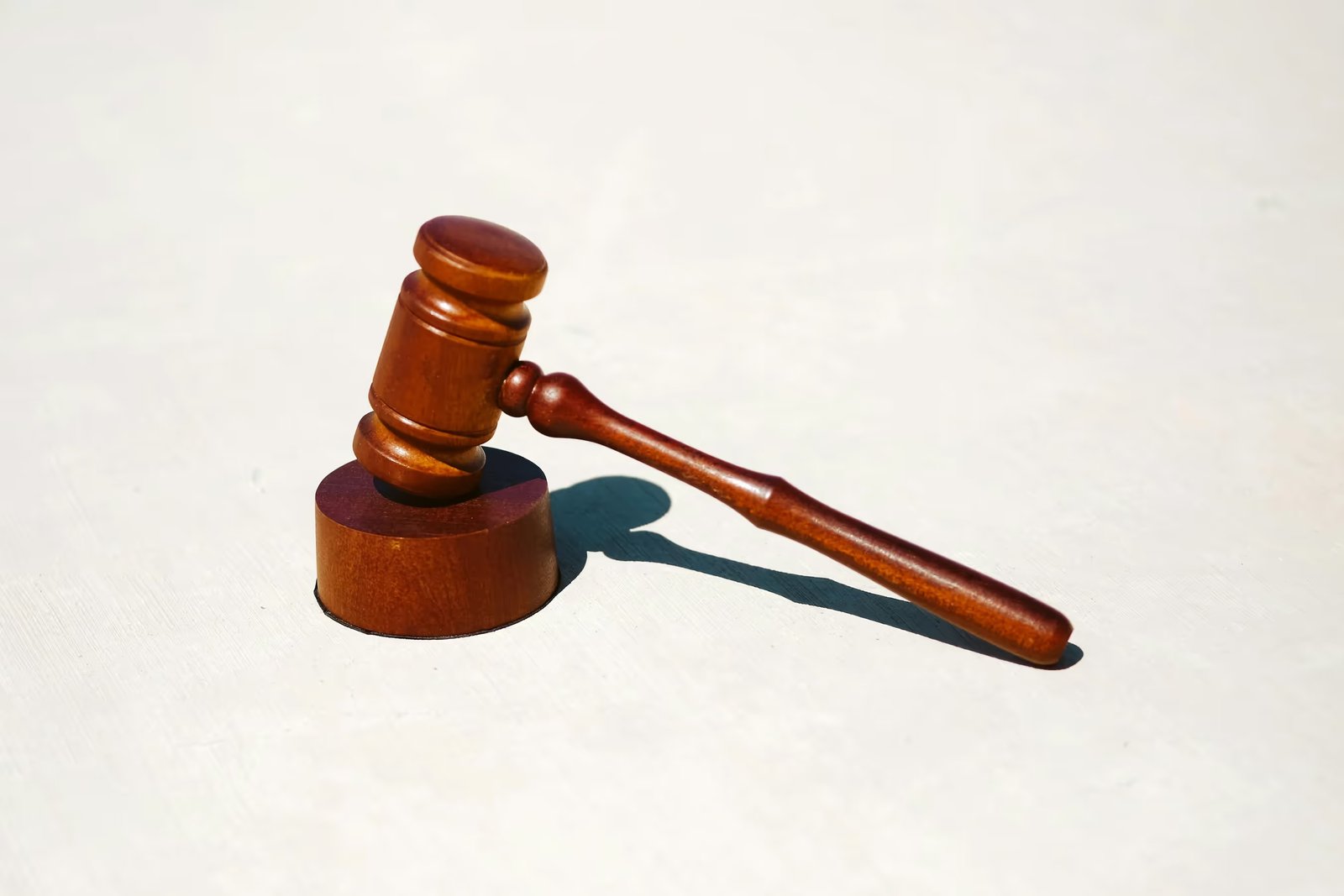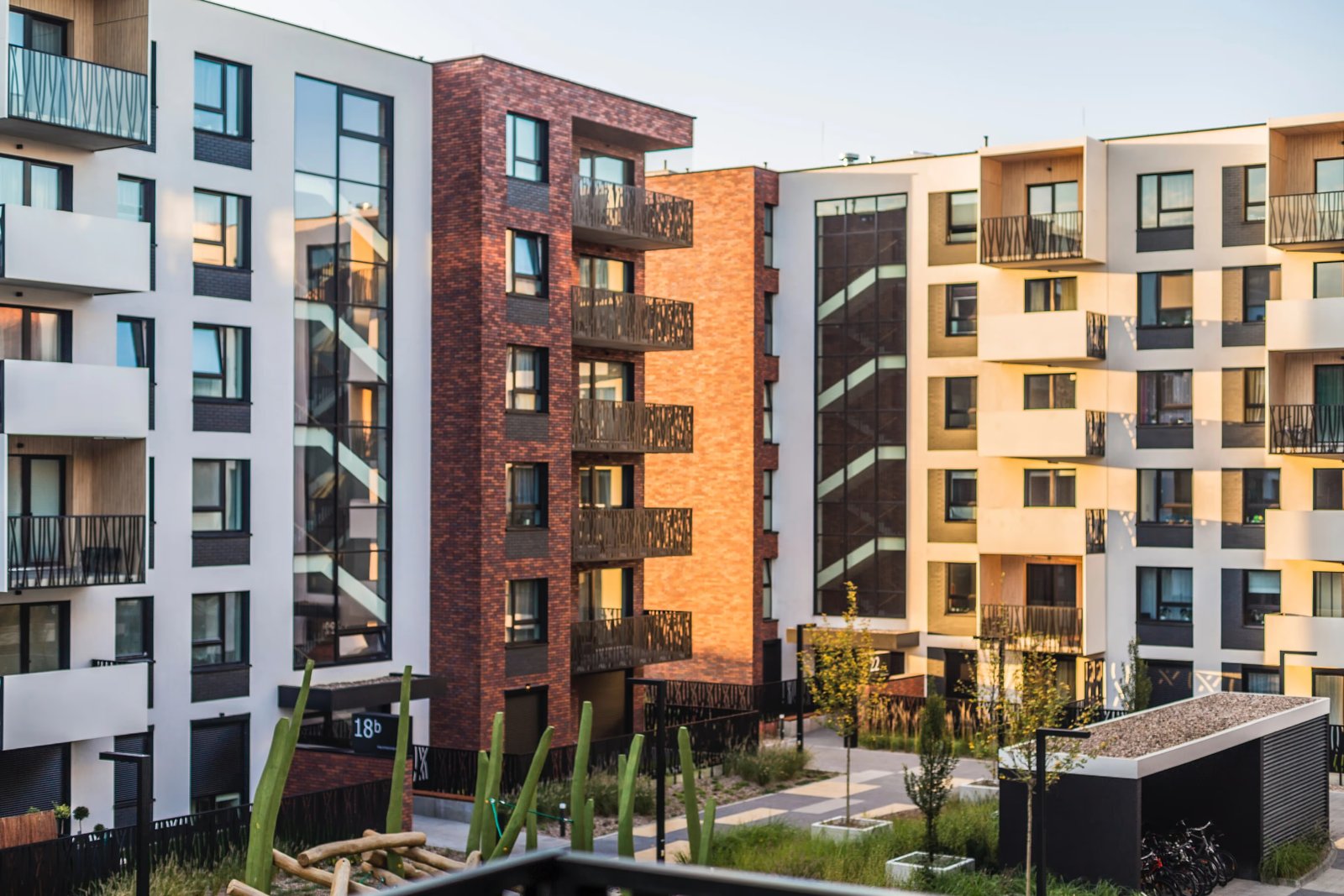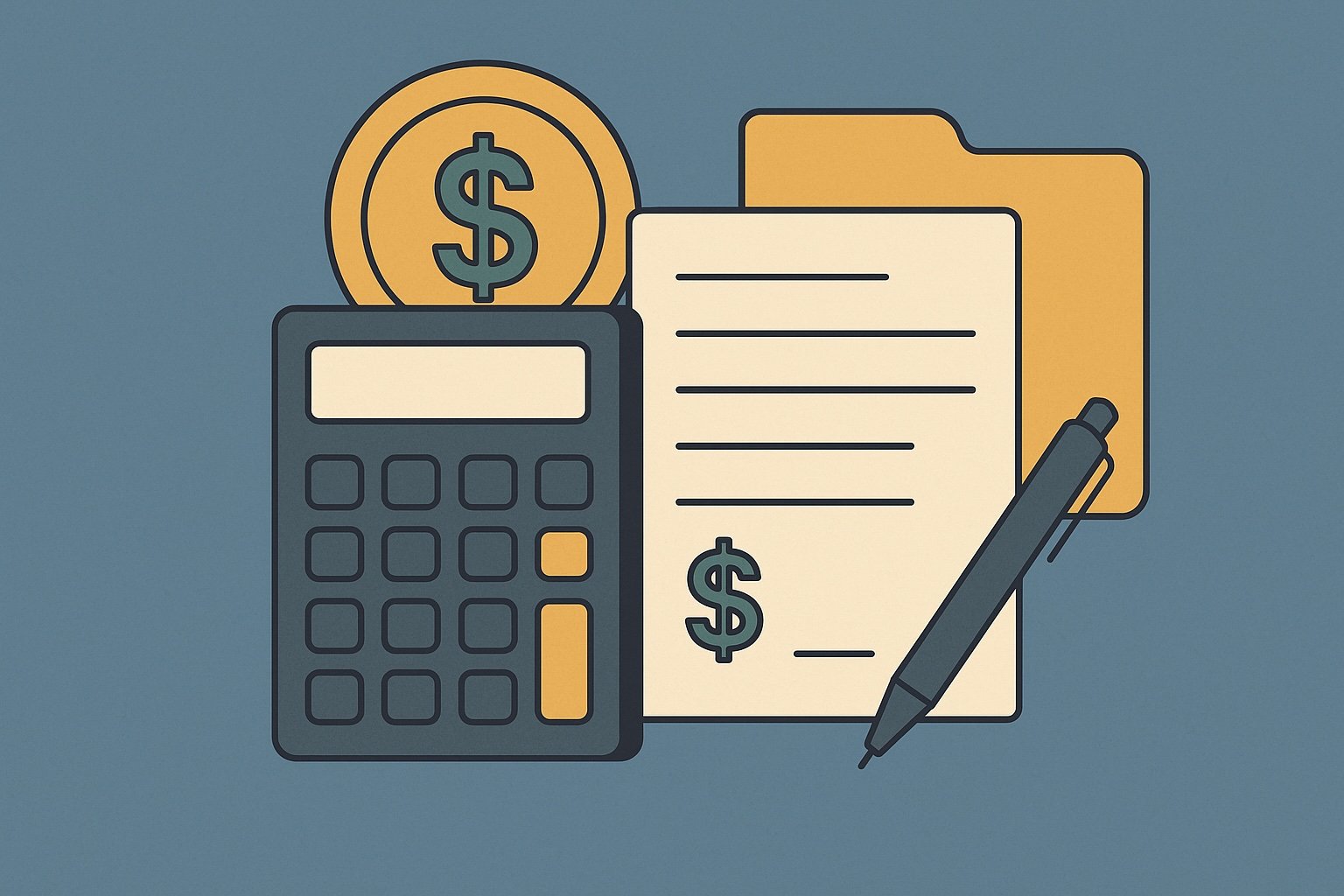Question
ARTE's Answer
A 1031 exchange is a powerful tool for real estate investors looking to diversify their portfolios while deferring capital gains taxes. By allowing investors to exchange one investment property for another of like-kind, a 1031 exchange provides the flexibility to shift investments into different types of real estate or geographic locations without the immediate tax burden that typically accompanies the sale of a property.
When we talk about diversification in a real estate portfolio, we're referring to spreading investments across various property types, locations, or markets to reduce risk and potentially increase returns. A 1031 exchange facilitates this by enabling investors to reallocate their capital into different properties that may offer better growth prospects, higher income potential, or reduced risk.
Let's consider an example to illustrate how a 1031 exchange can aid in diversification:
Imagine you own a single-family rental property in a suburban area that has appreciated significantly in value. You purchased this property for $200,000, and it's now worth $400,000. You decide that you want to diversify your portfolio by investing in commercial real estate, which you believe will offer better long-term growth and income potential.
By utilizing a 1031 exchange, you can sell your single-family rental property and defer the capital gains taxes on the $200,000 appreciation. You then identify a commercial property, such as a small retail strip center, valued at $500,000. To complete the exchange, you reinvest the entire $400,000 from the sale of your rental property and secure additional financing for the remaining $100,000.
At Deferred.com, we act as your qualified intermediary, facilitating the exchange process. We hold the proceeds from the sale of your relinquished property and use them to acquire the replacement property on your behalf. This ensures that you do not have constructive receipt of the funds, which is crucial for maintaining the tax-deferred status of the exchange.
By completing this 1031 exchange, you have successfully diversified your real estate portfolio. You've moved from a single-family rental property to a commercial property, which may offer different risk and return characteristics. This shift can help balance your portfolio, potentially providing more stable cash flow and exposure to different market dynamics.
In addition to diversifying property types, a 1031 exchange can also be used to diversify geographically. For instance, if you own multiple properties in one city, you might use a 1031 exchange to acquire properties in different regions, thereby reducing your exposure to local economic downturns.
Overall, a 1031 exchange is a strategic tool that allows investors to adapt their portfolios to changing market conditions and investment goals without the immediate tax consequences of selling a property outright. At Deferred.com, we are here to guide you through the process, ensuring a smooth and compliant exchange that aligns with your diversification strategy.
Have more questions? Call us at 866-442-1031 or send an email to support@deferred.com to talk with an exchange officer at Deferred.
Sources
- Deferring Losses On The Sale of Property Using 1031 Exchanges
- Goolsby v. Commissioner
- Delaware Statutory Trusts (Article)
- TAM 200039005 (Failed Reverse Exchanges)
- Rev. Rul. 2002-83 (Related Party Exchanges)
- What Is a Three-Party Exchange?
- What To Do About Exchange Expenses in a Section 1031 Exchange? (Article)
- Evolution of Section 1031 Exchanges
- 1.1031(k)–1 (IRS Code of Federal Regulations)
1031 Question? Ask ARTE
Deferred's AI 1031 Research Assistant is trained on 8,000+ pages of US tax law and outperforms human CPAs by 22%+
CHAT NOW
Learn More
See more frequently asked questions about 1031 exchanges








